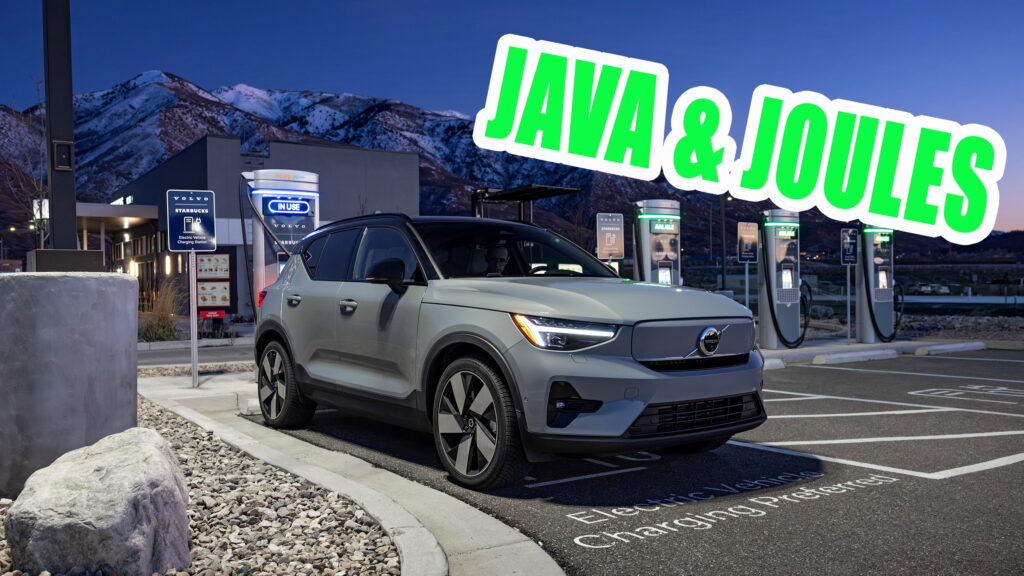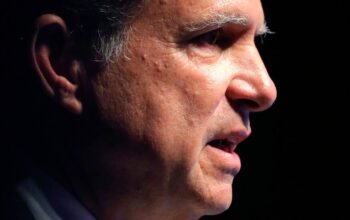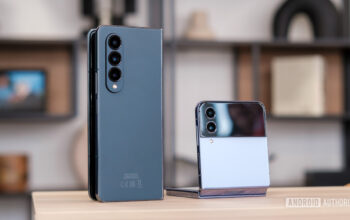The network of Volvo’s chargers stretches along a route between the Denver area and Seattle
December 13, 2023 at 20:05
 –>
–> 
–>
Volvo has opened up a network of public EV fast-charging points at Starbucks locations across the United States.
In total, some 50 charging points have been positioned across 15 Starbucks locations along a 1,350-mile route between the Denver area and Seattle. The chargers can add up to 110 miles of range in as little as 15 minutes in 2024 XC40 Recharge and C40 Recharge models and owners can use the ChargePoint app in their Google-powered infotainment system to find and access the stations.
While these chargers are Volvo-branded and have been rolled out by the Swedish car manufacturer, other electric vehicles are free to use them with the ChargePoint app.
advertisement scroll to continue

“Public EV charging should be as easy as getting a great cup of coffee – and now, it can be thanks to our partnership with Volvo Car USA,” Starbucks chief sustainability officer Michael Kobori described. “As we reimagine the Starbucks Experience of the future, we’re excited to invite our customers on our journey to become a resource-positive company.”
Read: 2025 Volvo EX90 Combines Electric Power With Three-Rows For $76,695
The route selected by Volvo and Starbucks crosses through a number of Federal Opportunity Zones to provide access to charging facilities that communities may not have previously had. It also encompasses some particularly stunning roads, including the Snoqualmie Pass in Washington, and winds its way through Arches National Park in Utah.

“The value of this partnership is offering fast charging with great amenities,” Volvo Car USA and Canada president Mike Cottone added. “These Starbucks locations provide a perfect stop along a long drive to relax and quickly recharge not only the car, but the driver.”
Volvo plans to sell nothing but electric vehicles by 2030 and is looking to become climate-neutral by 2040. It first announced its charging partnership with Starbucks in early 2022 with the retailer itself aspiring to cut its carbon footprint in half by 2030.
 –>
–> 

